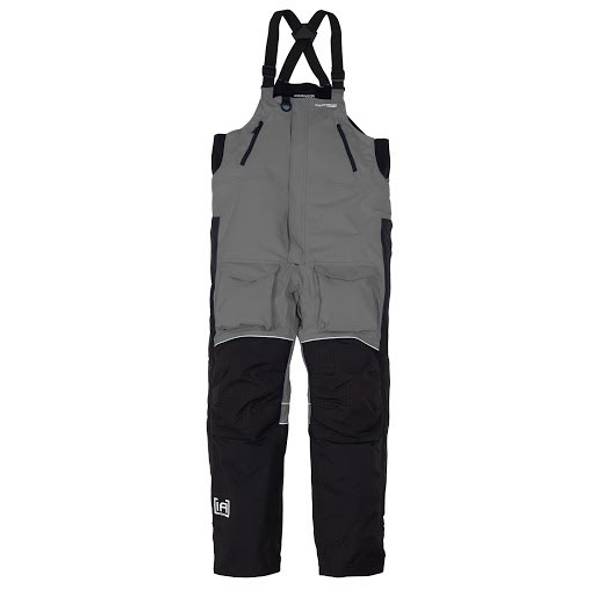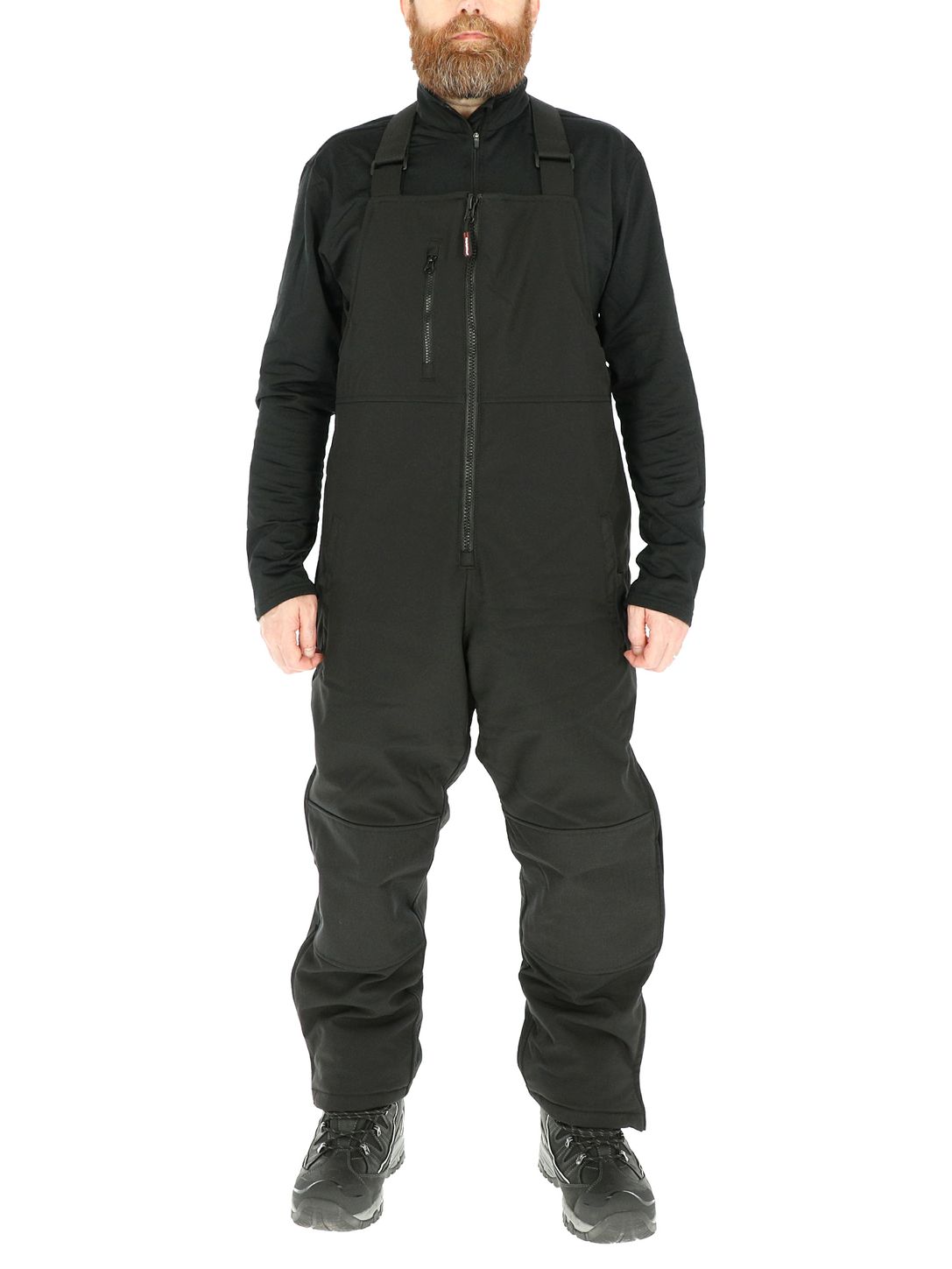Why Cold Weather Protection Matters for Outdoor Workers
Outdoor workers are at risk of developing cold-related illnesses, such as hypothermia and frostbite, when working in freezing temperatures. Hypothermia, a condition where the body’s core temperature drops below 95°F, can cause confusion, drowsiness, and even loss of consciousness. Frostbite, on the other hand, occurs when skin and underlying tissues freeze, leading to permanent damage and even amputation in severe cases. Other cold-related illnesses, including trench foot and chilblains, can also cause discomfort, pain, and impaired mobility. To mitigate these risks, outdoor workers need proper cold weather protection, including high-quality cold weather bibs for work. Investing in the right gear can make a significant difference in preventing cold-related illnesses and ensuring workers can perform their jobs safely and effectively.
Key Features to Look for in Cold Weather Bibs
When selecting cold weather bibs for work, it’s essential to consider several key features that can make a significant difference in keeping workers warm, dry, and safe. One of the most critical features is waterproofing, which prevents water from penetrating the fabric and reaching the skin. Look for cold weather bibs with a waterproof and breathable membrane, such as Gore-Tex or similar technology. Breathability is also crucial, as it allows moisture to escape, preventing the buildup of sweat and reducing the risk of cold-related illnesses. Insulation is another vital feature, providing warmth and comfort in freezing temperatures. Consider cold weather bibs with high-loft insulation, such as Thinsulate or similar technology. Durability is also important, as cold weather bibs for work need to withstand harsh weather conditions and heavy use. Look for bibs made with rugged, high-quality materials that can resist wear and tear. By considering these essential features, workers can choose the right cold weather bibs for their job, ensuring they stay warm, safe, and productive throughout the winter months.
How to Choose the Right Cold Weather Bibs for Your Job
Selecting the right cold weather bibs for work requires careful consideration of the specific demands of your job. Different occupations present unique challenges, and cold weather bibs must be chosen accordingly. For construction workers, for example, cold weather bibs with reinforced knees and seat areas can provide added durability and protection. Landscaping professionals, on the other hand, may benefit from bibs with adjustable cuffs and hem to prevent snow and ice from entering the garment. Emergency responders, who often work in extreme cold and wet conditions, may require cold weather bibs with advanced waterproofing and breathability features. When choosing cold weather bibs for work, consider the specific hazards and challenges of your job, and look for features that address those needs. Additionally, consider factors such as mobility, comfort, and visibility, as well as any relevant industry standards or regulations. By taking a thoughtful and informed approach to selecting cold weather bibs, workers can ensure they stay safe, warm, and productive on the job.
Top-Rated Cold Weather Bibs for Work: Our Expert Recommendations
When it comes to selecting the best cold weather bibs for work, there are numerous options available on the market. To help outdoor workers make an informed decision, we’ve compiled a list of top-rated cold weather bibs from reputable brands. Carhartt’s Cold Weather Bibs, for instance, offer exceptional warmth and durability, making them an ideal choice for construction and landscaping professionals. Dickies’ Insulated Bibs, on the other hand, provide excellent moisture management and breathability, making them suitable for workers in wet and cold conditions. The North Face’s Thermoball Bibs, with their advanced insulation and waterproofing technology, are perfect for emergency responders and workers in extreme cold weather conditions. Other notable brands include 3M, DeWalt, and Timberland, which offer a range of cold weather bibs for work that cater to different occupations and needs. When selecting cold weather bibs for work, consider factors such as waterproofing, breathability, insulation, and durability, and choose a product that meets your specific requirements. By investing in high-quality cold weather bibs, outdoor workers can ensure they stay safe, warm, and productive on the job.
What to Wear Under Your Cold Weather Bibs for Maximum Warmth
When it comes to staying warm and comfortable on the job, layering clothing under cold weather bibs is crucial. A well-planned layering system can help regulate body temperature, prevent moisture buildup, and ensure optimal warmth and comfort. For outdoor workers, a good base layer should be moisture-wicking, breathable, and quick-drying. Look for materials like merino wool, polyester, or nylon that provide excellent thermal insulation and moisture management. Mid-layers, such as fleeces or sweaters, should offer additional warmth and insulation without compromising mobility. Finally, outerwear, including cold weather bibs for work, should be waterproof, breathable, and durable to protect against wind, rain, and snow. When selecting clothing to wear under cold weather bibs, consider the specific demands of your job, the climate you work in, and your personal comfort level. By layering clothing effectively, outdoor workers can stay warm, dry, and productive even in the most extreme cold weather conditions.
The Importance of Moisture Management in Cold Weather Workwear
Maintaining dryness is crucial when working in cold weather conditions. Moisture buildup can lead to discomfort, distraction, and even cold-related illnesses like hypothermia and frostbite. When selecting cold weather bibs for work, it’s essential to consider moisture management features that prevent water and sweat from penetrating the fabric. Look for bibs with waterproof and breathable membranes, such as Gore-Tex or similar technology, that allow moisture to escape while keeping rain and snow out. Additionally, consider bibs with moisture-wicking linings that help to dry quickly and prevent moisture buildup. Effective moisture management is critical in cold weather workwear, as it helps to regulate body temperature, prevent discomfort, and reduce the risk of cold-related illnesses. By choosing cold weather bibs that effectively manage moisture, outdoor workers can stay safe, warm, and productive on the job. When it comes to cold weather bibs for work, moisture management is a key feature to prioritize, ensuring that workers can perform at their best even in the most challenging cold weather conditions.
Cold Weather Bibs for Specific Industries: Meeting Unique Challenges
Outdoor workers in various industries face unique cold weather challenges that require specialized cold weather bibs for work. For instance, oil and gas workers may need bibs with enhanced flame resistance and durability to withstand harsh environments. In the transportation industry, workers may require bibs with high-visibility features and reflective materials to increase visibility in low-light conditions. Agricultural workers, on the other hand, may need bibs with waterproof and breathable membranes to protect against rain and snow while working in wet conditions. When selecting cold weather bibs for specific industries, it’s essential to consider the unique demands of each occupation and choose products that meet those needs. By investing in industry-specific cold weather bibs for work, employers can ensure their workers stay safe, warm, and productive even in the most challenging cold weather conditions. Look for brands that offer specialized cold weather bibs for work, such as Carhartt’s flame-resistant bibs or Dickies’ high-visibility bibs, to meet the unique needs of your industry.
Investing in Quality Cold Weather Bibs: A Long-Term Cost-Benefit Analysis
While investing in high-quality cold weather bibs for work may seem like a significant upfront cost, the long-term benefits far outweigh the initial investment. By providing workers with cold weather bibs that effectively manage moisture, retain warmth, and withstand harsh weather conditions, employers can reduce absenteeism, improve productivity, and enhance worker safety. In fact, a study by the Occupational Safety and Health Administration (OSHA) found that for every dollar invested in workplace safety, employers can expect a return of up to $6 in reduced workers’ compensation claims and other cost savings. Furthermore, high-quality cold weather bibs for work can last for multiple seasons, reducing the need for frequent replacements and minimizing waste. By choosing cold weather bibs from reputable brands like Carhartt, Dickies, or The North Face, employers can ensure their workers stay safe, warm, and productive even in the most challenging cold weather conditions, ultimately leading to a positive impact on the bottom line. When it comes to cold weather bibs for work, investing in quality is a sound business decision that pays dividends in the long run.









:max_bytes(150000):strip_icc()/Cost-benefitanalysis-3be1b4befc724d8ca1e69760344ece2f.jpg)